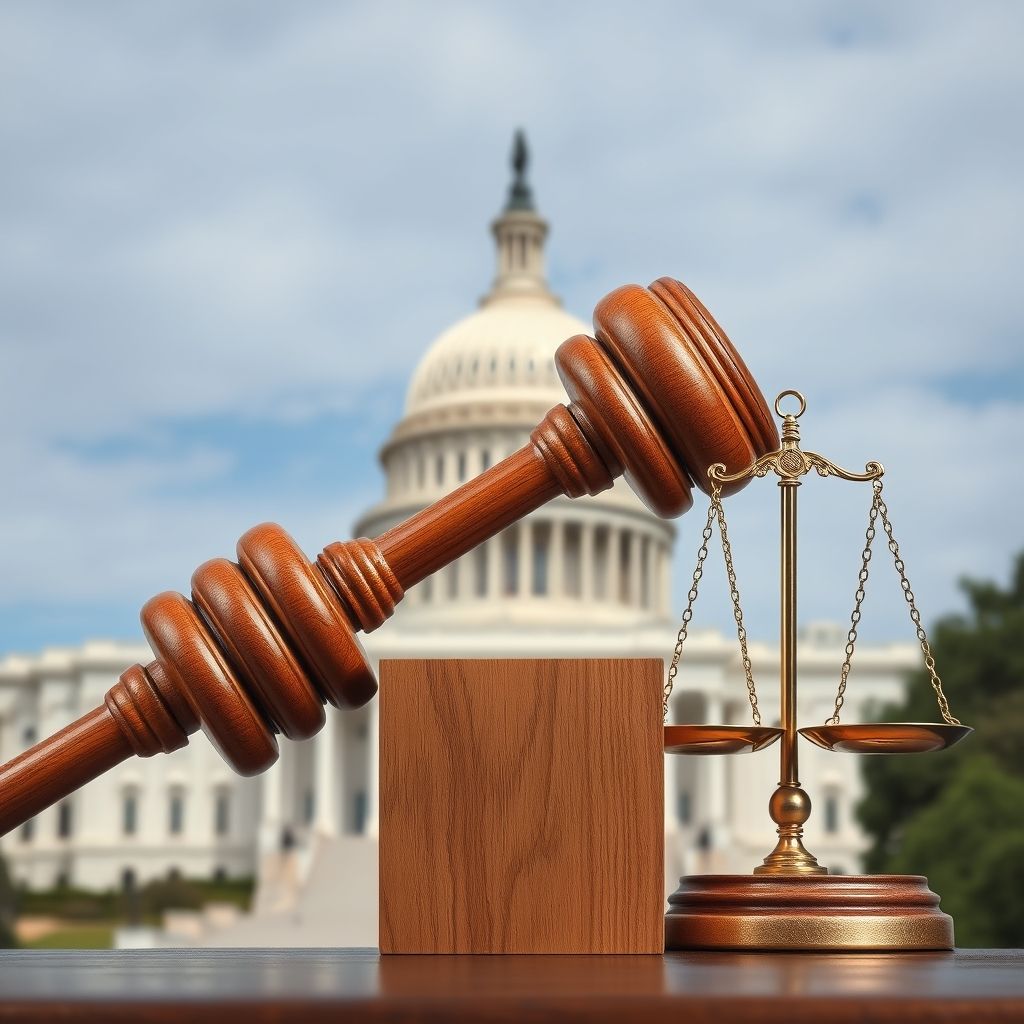Impeachment: Understanding the Process and its Implications

What is Impeachment? A Deep Dive into the Process
Impeachment is a serious constitutional process, designed to hold government officials accountable for misconduct. It’s a mechanism for formally accusing an official of wrongdoing, initiating a trial that could lead to their removal from office. This complex process isn’t unique to the United States; variations of it exist in many democracies around the world.
The U.S. Constitution, specifically, grants Congress the power to impeach federal officials, including the President, Vice President, federal judges, and other high-ranking officials. This power is a cornerstone of the system of checks and balances, ensuring that no single branch of government becomes too powerful. The process itself is divided between the House of Representatives and the Senate, each playing a distinct role.
The Mechanics of Impeachment: House and Senate Roles
The House of Representatives initiates the impeachment process. They have the sole power of impeachment, meaning they are responsible for bringing the charges against the official in question. This is done by a vote on the articles of impeachment. A simple majority vote in the House is sufficient to impeach an official, essentially indicting them. This is akin to a grand jury indictment in a criminal case.
Once an official is impeached by the House, the process moves to the Senate. The Senate then holds the impeachment trial, acting as a jury. The Chief Justice of the Supreme Court presides over the trial when the President is the official being tried. For a conviction and removal from office, a two-thirds majority vote in the Senate is required. This supermajority threshold underscores the gravity of the process and the need for broad agreement before removing an elected or appointed official from their position.
Furthermore, if an official is convicted and removed, the Senate can also, by a simple majority vote, decide whether to bar that individual from holding future office. This is an additional consequence, beyond simply removing them from their current role.
Impeachment: Remedial, Not Punitive
It’s crucial to understand that impeachment is a remedial process. Its primary goal is the removal of an official from office, not to impose criminal punishment. While impeachment can result in a person’s removal, it doesn’t preclude other legal actions. The impeached official can still be subject to criminal charges or civil lawsuits in separate proceedings. Therefore, impeachment is just one piece of the accountability puzzle.
Recent Examples and Context
Impeachment proceedings can occur at various levels of government, from the federal to state and local levels. The reasons for pursuing impeachment can vary. Misconduct typically ranges from abuse of power and treason to bribery and other high crimes and misdemeanors, as defined by the Constitution.
A recent example to illustrate the process involves Rep. Al Green. He filed articles of impeachment against former President Donald Trump. Rep. Green cited the president’s actions concerning Iranian strikes as a basis for his concerns. These actions were considered by Rep. Green to potentially constitute grounds for impeachment, highlighting the complexities of interpreting the standards for such actions.
The Importance of Due Process
Throughout the impeachment process, the accused official has the right to representation, the right to present a defense, and the right to call witnesses. The Senate trial is a complex legal proceeding that requires extensive evidence and careful consideration of the charges. The aim is to ensure a fair and just outcome that aligns with the principles of the Constitution.
Understanding the nuances of the impeachment process is key to a well-informed citizenry. The implications of each step, from the House vote to the Senate trial, have profound consequences for the nation and its leadership. It’s a process that underscores the importance of accountability and the rule of law within the framework of the U.S. government.




